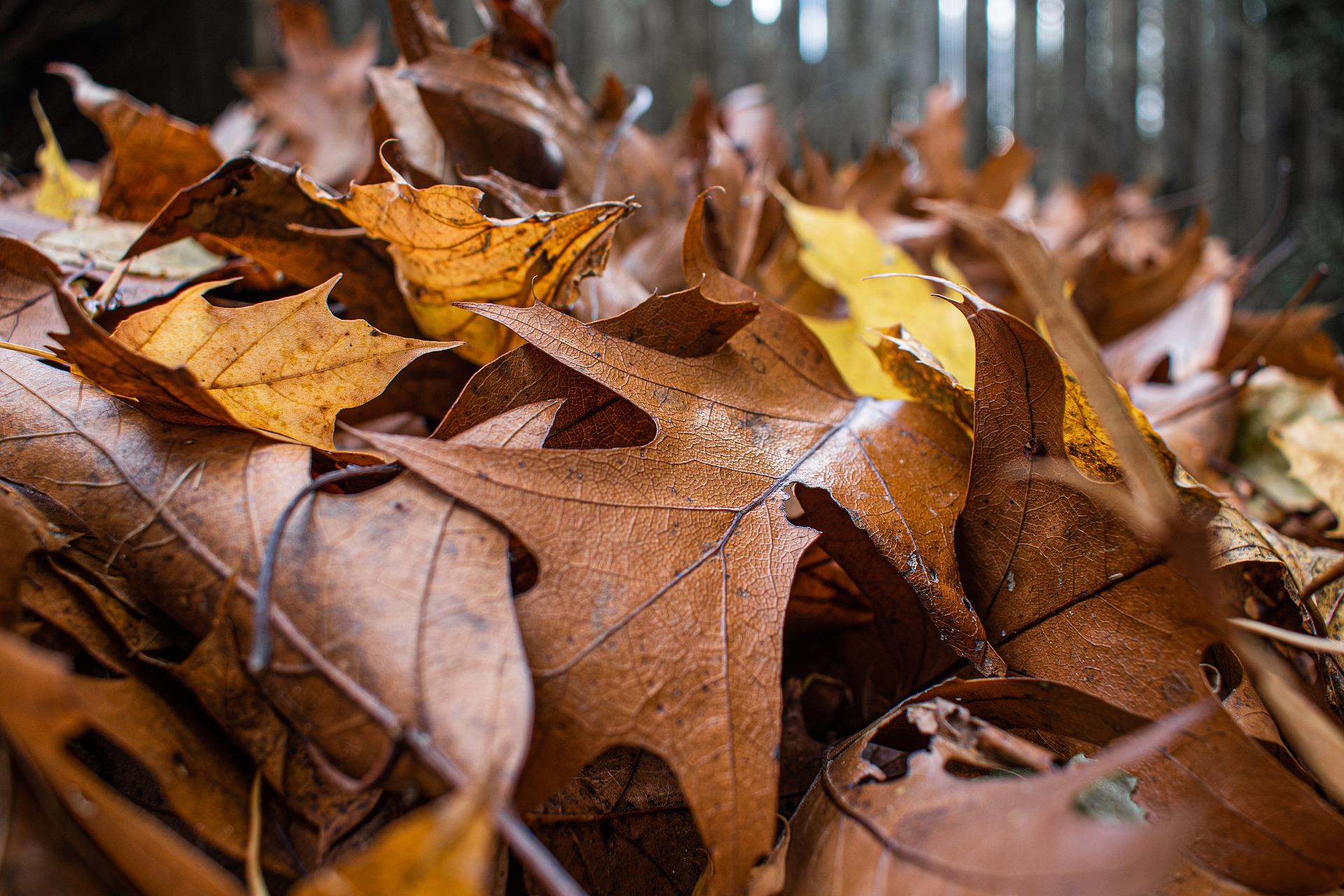Before you start raking those leaves in your yard, you may want to reconsider. Leaves and brush serve as shelter and breeding places for birds, pollinators, and other small creatures. In this post, we’ll discuss more reasons to leave those leaves, and tips on how to perform fall yard cleanup in a more wildlife-friendly way.
Why Not to Clean Up Your Yard?
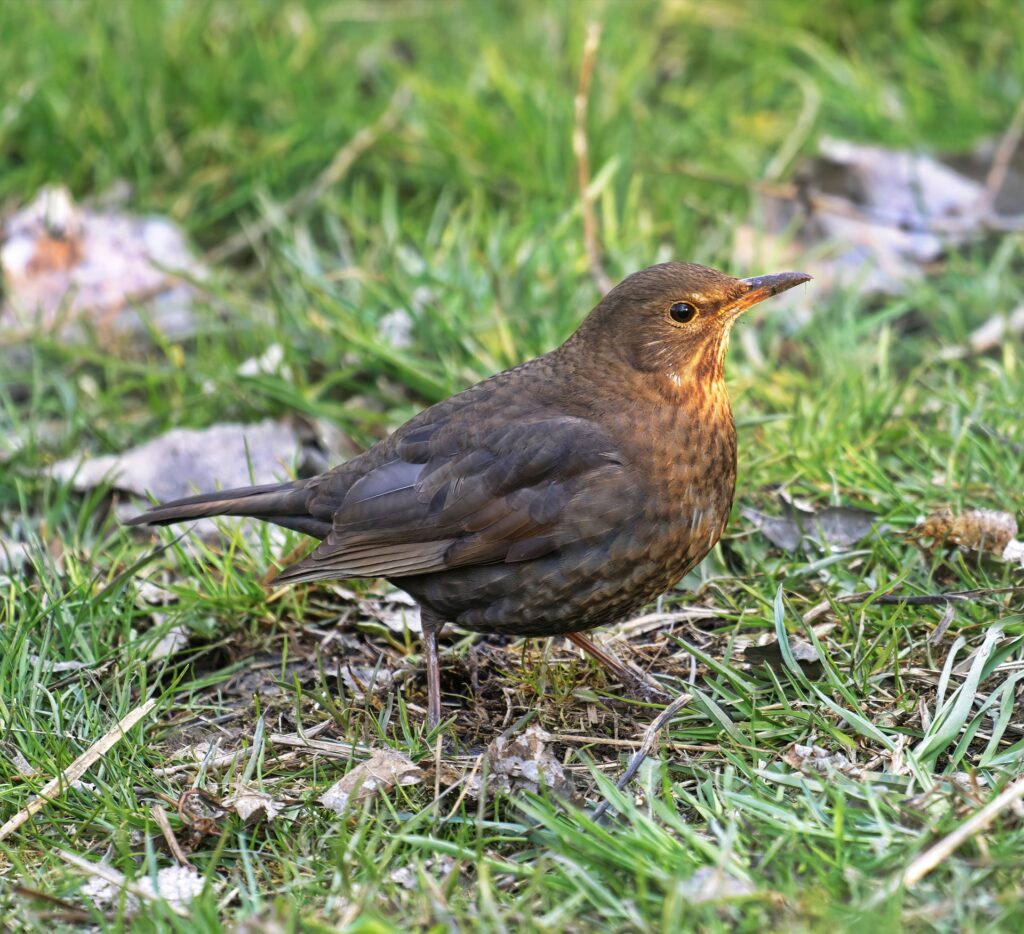
Will it harm the birds, bees, butterflies, and small critters if you tidy up your yard or garden? Of course not. At this time of year, many birds, insects, and critters are looking for places to hunker down and nest, and they’ll simply skip your clean yard and move onto a more inhabitable place. But here are a few reasons you may wish to let your yard get a little wild for fall. (Spoiler: Not only is it good for local wildlife, but it’s good for your yard too!)
Fallen leaves
Letting the leaves fall where they may—without raking them up—and your local birds will thank you. Not only do leaves offer places to forage for food for insects and the birds that love them, but you might find butterflies, caterpillars, and other critters enjoying the natural shelter that these fallen leaves offer. Not to mention, leaves are the perfect soil enricher. When left to naturally biodegrade, they also become nutrient-dense mulch for your garden projects.
Brush
If you’re feeling guilty when you look out the window and see that brush pile in your yard—don’t. Tree limbs, branches, dead plants, and other natural brush provide shelter to from the elements (and predators) for small birds like sparrows and chickadees. Bees, butterflies, and other important pollinators (whose numbers are rapidly declining worldwide) also find a place to overwinter there.
Lawn
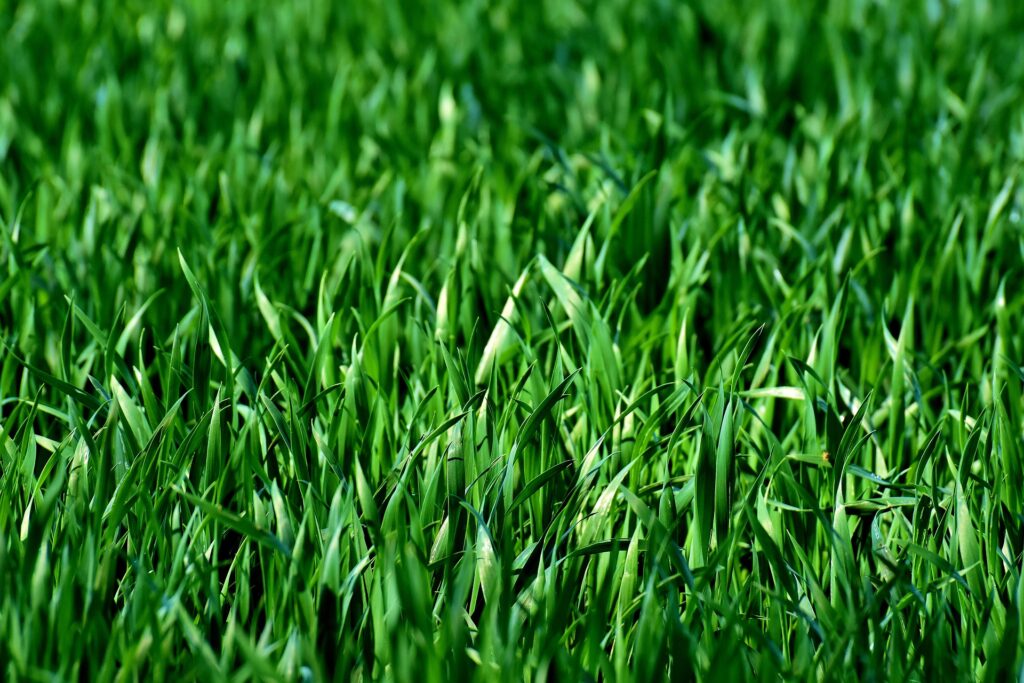
Leave your lawn to get a little shaggy (or if you can’t stand it, set your mower blades to a higher setting). Why? Not only does longer grass retain moisture—meaning less frequent watering, which conserves water and your wallet—but it’s a place for insects like grasshoppers, caterpillars, moths, and butterflies to nest. The bug-eating birds in your area will love the smorgasbord they find in your grass!
IMPORTANT NOTE: While we appreciate the benefits of a wilder garden, we should also consider the fire safety aspect when cleaning up our yards. If you’re a Big Bear Valley resident, here is a list of the Defensible Space Requirements for our community. (Source: Big Bear Fire Department)
Fall Yard Cleanup Tips That Benefit Wildlife
Keep those clippings
If the look of a wild garden doesn’t appeal to you, go ahead and prune and clip: but save those clippings! Keep those fallen leaves, grass clippings, dead flowers and stalks, and other materials. Leave a pile out of sight for the birds, bees, and animals to shelter and feed in. Use the rest for mulch to use around your garden. Win-win!
Don’t prune your perennials
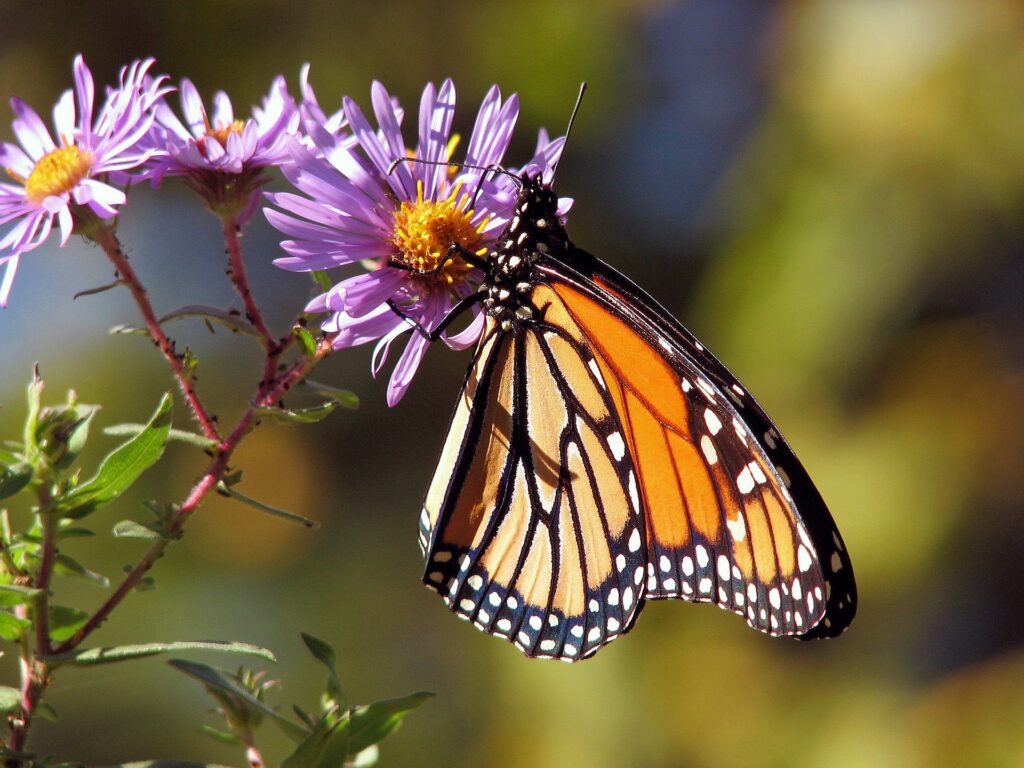
Seed-eating birds will enjoy eating from your perennials (marigolds, black-eyed Susans, and the like) during the colder months. In addition, certain native bees and butterflies nest in the hollow stems of these plants. Avoid pruning them, if you can, or at least try to leave a section of uncut flowers for the wildlife to use during fall and winter.
Think twice about chemicals
Ready to get your fall planting underway? To make your yard into a wildlife haven, skip the chemicals and use natural fertilizers and soil enhancers. Browse your local nursery for organic fertilizers, and consider starting a compost pile from the scraps found in your kitchen. (Did you know that garden soil with compost holds up to 2.5 times the water than soil without it? Think of how much smaller your water bill will be!)
Plant native plants
Raring to go on some new garden projects? Consider planting some native, drought-tolerant, firewise plants. Why is planting native plants so important? They are already adapted to their environment (meaning they’re also less maintenance for you). Native plants also attract more birds to your yard. Plus, they are great natural shelters and food sources for your local wild birds.
Offer food and water
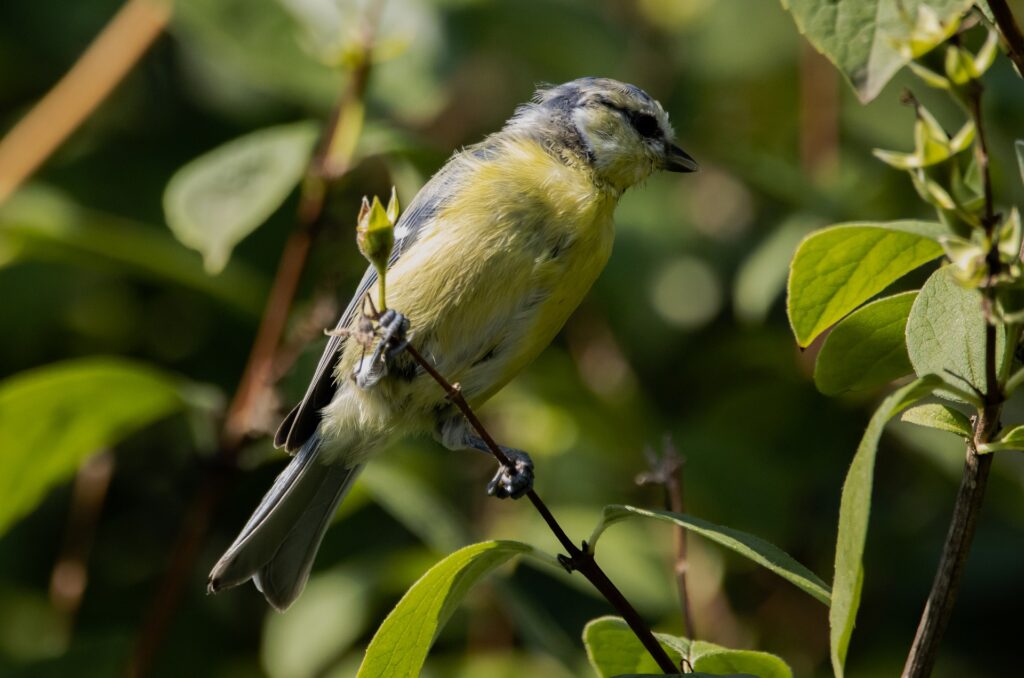
Food and water are two of the five necessities for creating a backyard bird sanctuary, according to the National Wildlife Federation. So, put out a few bird feeders (preferably filled with some high-energy seed mixes to get them through the fall and winter). Add a nice water feature (like a birdbath with a bubbler), and you’ll get a free bird show in your own backyard.
Looking for Something Fun to Do in Fall?
Love learning about the birds around you? Looking for a fun craft to do with your family? Need to get out of the house and out in nature? We’ve got you. Join us at the Chirp Nature Center for a whole slew of nature-centered, family-friendly activities. Check out our Activities calendar, and join us live or virtually.

